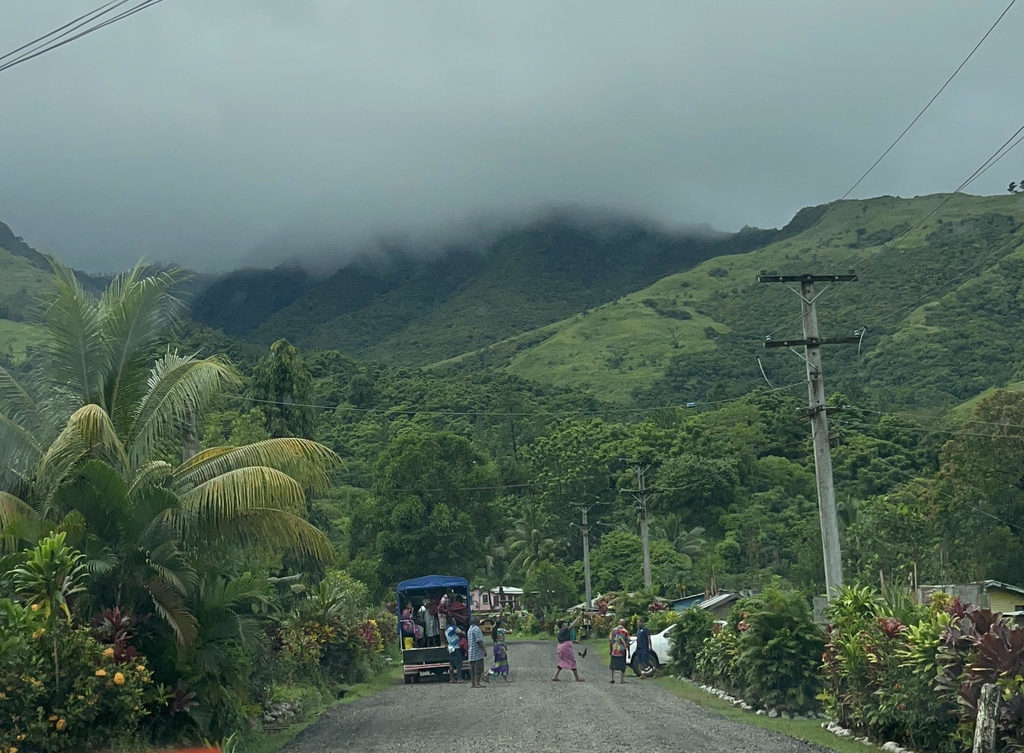WHILE previous Discovering Fiji articles focused on the historical sites and myths associated with Nadarivatu, it’s important to also consider the construction of public roads that made development in the colo region a possibility.
Today, road construction is carried out using modern tools and equipment but let’s go back to a time when there wasn’t any heavy machinery to assist in carving roads through rough and steep terrain.
Even with a good four-wheel drive (4WD) vehicle, travelling up the steep terrain can still be a challenge, especially for drivers who are not quite familiar with the narrow twists and turns.
The resident commissioner for the Colo North province, Adolph Brewster played a critical role in road constructions within the Nadarivatu region. He had taken up the task in the late 1800s with the help of the natives and prisoners who were serving their time in the region.
After travelling back and forth in the highlands, Brewster decided to construct roads that would later “lighten the burden of travelling” for the colo people.
According to Brewster during the rainy season of 1886, there were only “steep and slippery tracks” up in the interior and it ‘traversed in a single file’.
In the hot and wet season, travelling on those tracks were quite trying and exhausting and apart from the rugged tracks, many colonial administrative workers travelled on canoes (via rivers) and foot to get to the interior of Viti Levu.
Mr Brewster always had a penchant for roadmaking.
He wrote in his book “The Hilltribe of Fiji” that in his coffee-planting days in Nadarivatu he had learned to use the Ceylon road-tracer (surveying equipment) so he was determined, when he got back to the hills, to see what could be done in providing easier travel on the gradients.
He decided to first work on a road that would connect Naivucini in Naitasiri and Narokorokoyawa – on that section they commenced their new roadworks.
But of course, with any new project, cost needed to be considered but since there wasn’t a lot of money, most of the road works were done through strenuous toiling.
Even Sir Charles Mitchell, who was Governor at the time refused to grant money to buy a few picks and spades for road workers, so Brewster and his men had to manage with digging-sticks.
Despite the challenge, Brewster continued with his road projects by tasking occupants of the provincial jails – which he called ‘lost legion;.
The prisoners worked without pay, however, so Brewster had to find a way to feed them as they were away from the station.
Starting at Naivucini the first part of the projected new track passed through the tribal lands of Nadaravakawalu. They were the sole owners and were very tenacious of their rights, according to Brewster.
The people of Nadaravakawalu would not even allow neighbouring people to cut trees for canoe making without the payment of royalties, and those desirous of using or cultivating any of their properties had to pay rent.
Brewster laid the matter before the head men of the clan at Nadaravakawalu and explained that landowners were supposed to provide facilities for travellers passing through their domains and it was one of their customary services and observances to weed and maintain the ancient paths. The clan agreed and work commenced.
The Nadaravakawalu’s buli (a title borrowed by colonial administration for Fijian official administering old district) was an able man – a great warrior who even fought the government before. His name was Na Ca ni Kalou, meaning the Evil of the Gods or the Curse of God.
He became Brewster’s guide and helped peg out the hills. Na Ca ni Kalou soon learned about what was needed and afterwards went ahead with a gang of labourers to cut the trial tracks – they invariably selected the right places.
A certain sergeant, Naikasau followed on with the prisoners and did the earth cutting and the road rolled on. Workers would live in yavusa (bush huts), and they enjoyed the work.
Brewster was always ahead, with some of the police pegging out the line and lived on what the country provided.
As the roads progressed, Brewster and the workers planted useful trees like cinnamon, cinchona, Liberian coffee and many other ornamental shrubs and plants on the roadside.
The trees grew and flourished and afforded a welcome shade to passers-by.
As work continued, Brewster found out there weren’t enough prisoners to do all the road making and a new method had to be devised. He said it was agreed that if he pegged out and graded the roads, the landowners they passed would make them.
Old people always railed at new-fangled ideas, and the Fijian elders were no exception, Brewster said.
When the Fijian elders saw how the paths went round the hills instead of straight up and down, they said they would make them, but they would never use it.
But as the roads were completed, they quickly forsook the former tracks and bragged about the superiority of their roads.
After the Colo East road works, the roads started spreading through all other districts of the province and it eventually became the ‘highways across the island’, connecting Suva to the Southern Coast with Ba and Ra on the Northern side.
They also constructed the road that ran between Nadarivatu and Tavua, and shortly after motor vehicles were running on it.
From Waikubukubu to the Nadarivatu escarpment, the road rose two thousand feet in the last five miles. This necessitated many zigzags through the steep terrain.
Waikubukubu Villager, Sailosi Vunikuta said he used to hear oral accounts of how their elders helped with the road works.
“Our elders cut the road and helped with road works right to Tailevu. Today, we still see and use what they built back then,” he said.
He said his elders built the road using matau vatu, a native adze made.
Vunikuta said he was proud of what his elders had achieved through hard work and unity.
In March 1941, Theo Riaz, a renown Colo North farmer and planter, wrote an article that was published in the Pacific Islands Monthly highlighting the conditions of the road in Nadarivatu that year.
He said he would not return to the custom of compelling the natives to form and keep in repair all provincial roads without being paid for the work.
Riaz believed the natives were to be paid fairly for the work and that all the buli should, as they were in the past, be made responsible for forming and keeping in regular good order all roads in their districts.
“I may appear to have laid great stress on the importance of roading in the interior, but I submit that it would not be possible to over-stress the value of roads in promoting the health and prosperity of the people of this colony,” he wrote.
From road construction in the interior of Viti Levu in the late 1800s to today’s modern road networks, Fiji has come a long way in terms of development infrastructure. Today’s progress rests on the sweaty shoulders of those who lived before us in Fiji during the days of British colonial rule.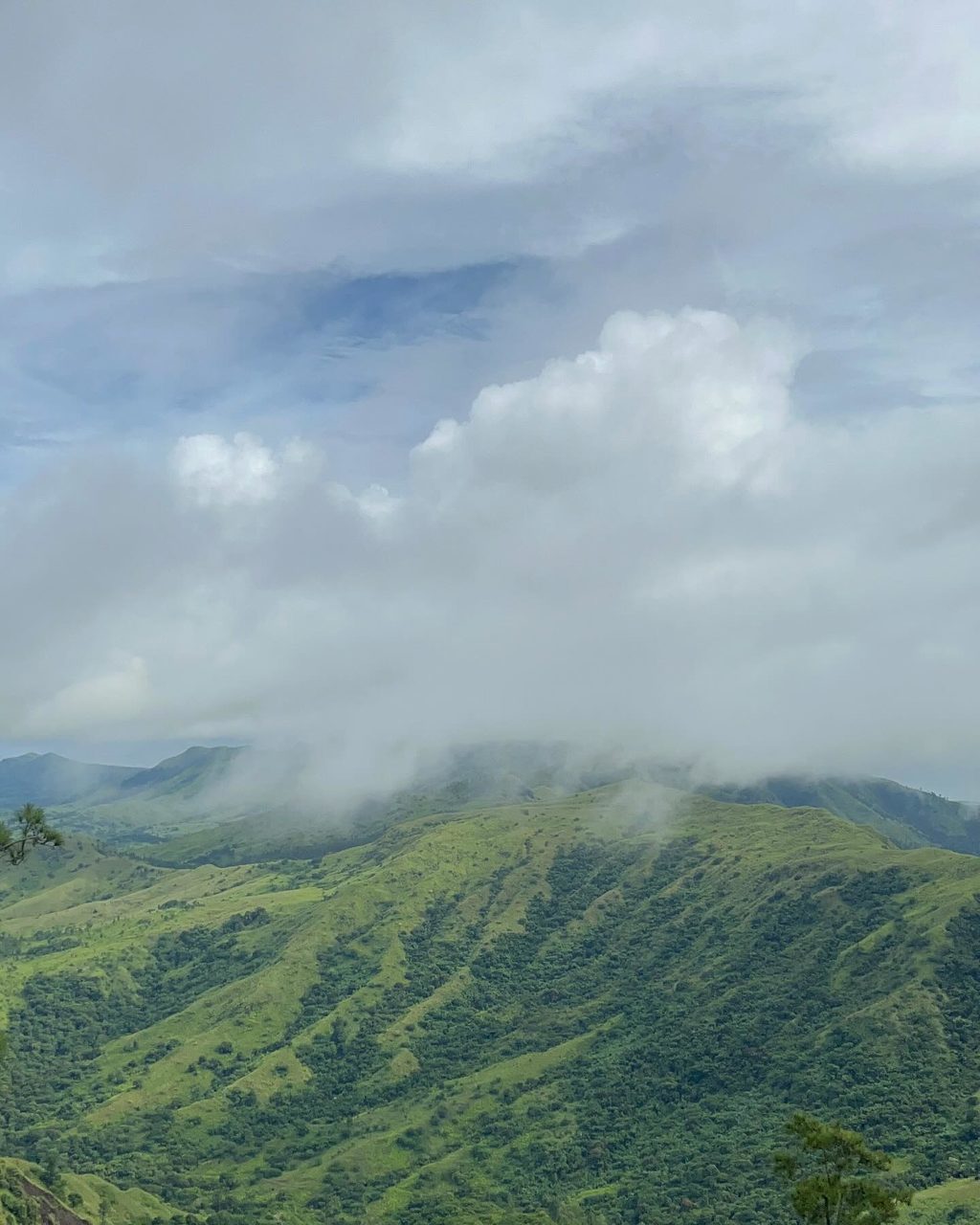
View of the mountain in the Nadarivatu region. Picture: ANA MADIGIBULI
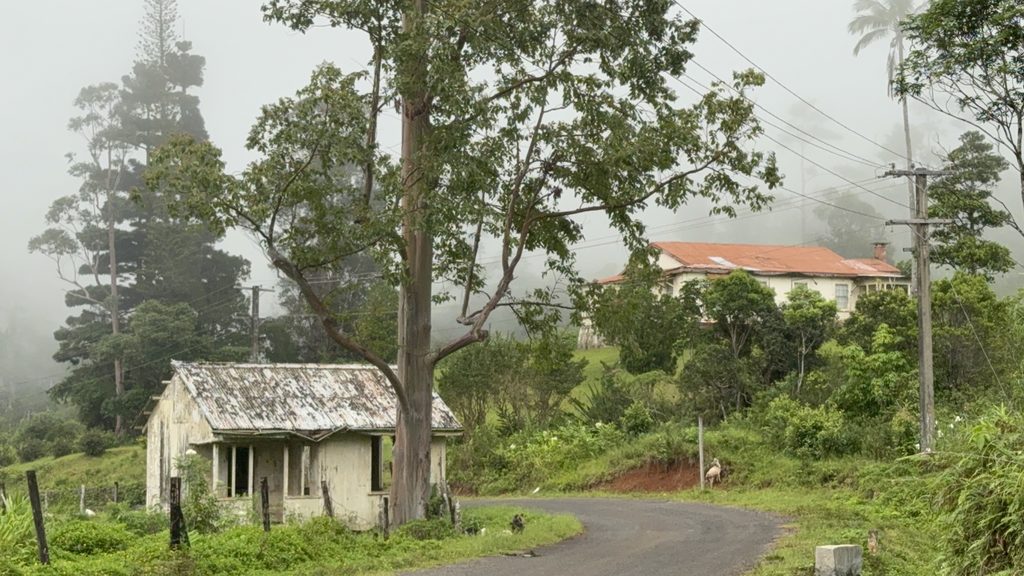
The roads in Nadarivatu have now been upgraded. Picture: ANA MADIGIBULI
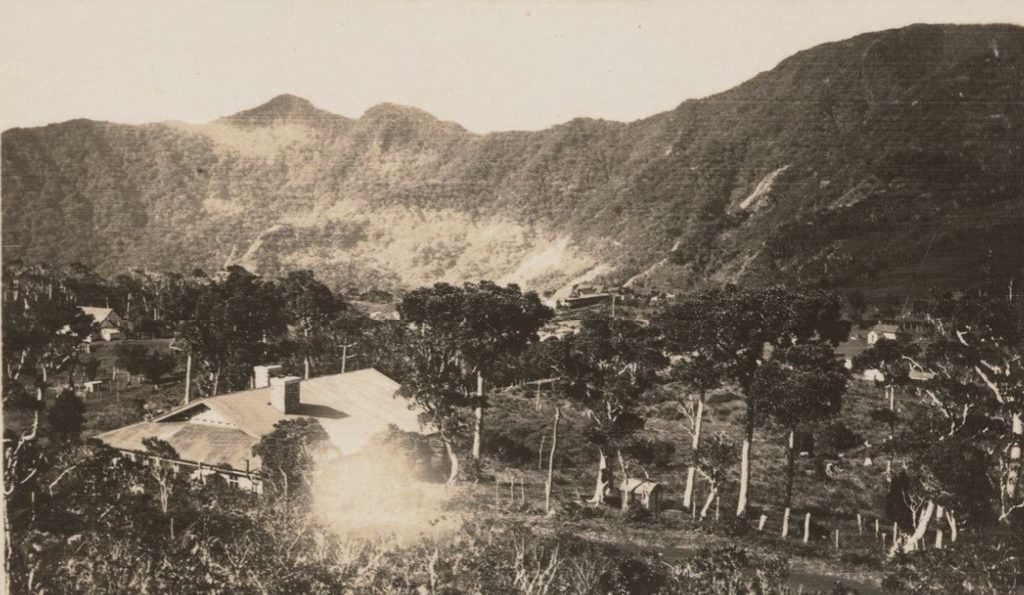
The road constructed by the natives ran through the old hill station in Nadarivatu. Picture: SUPPLIED
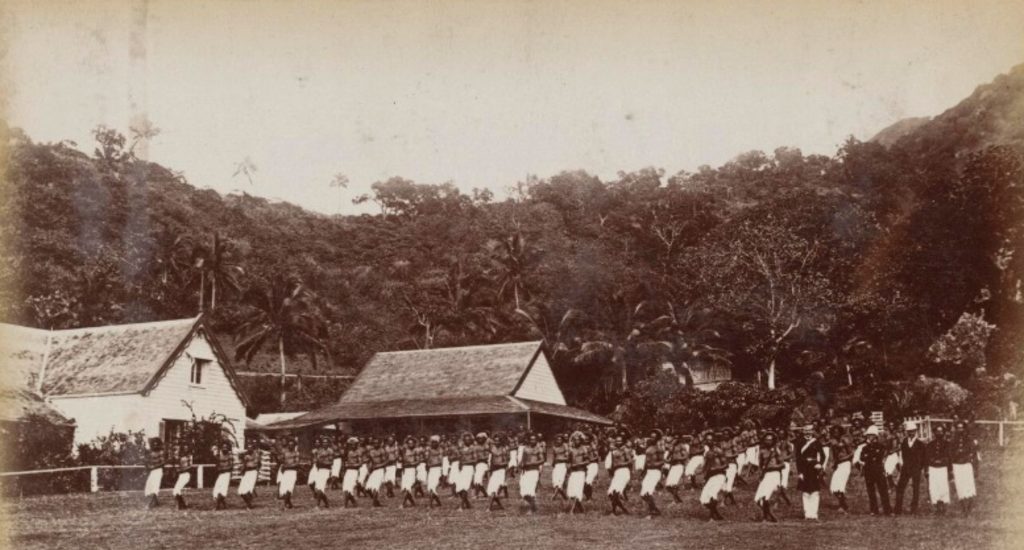
According to Brewster the native police constabulary also helped with road works. Picture: FILE
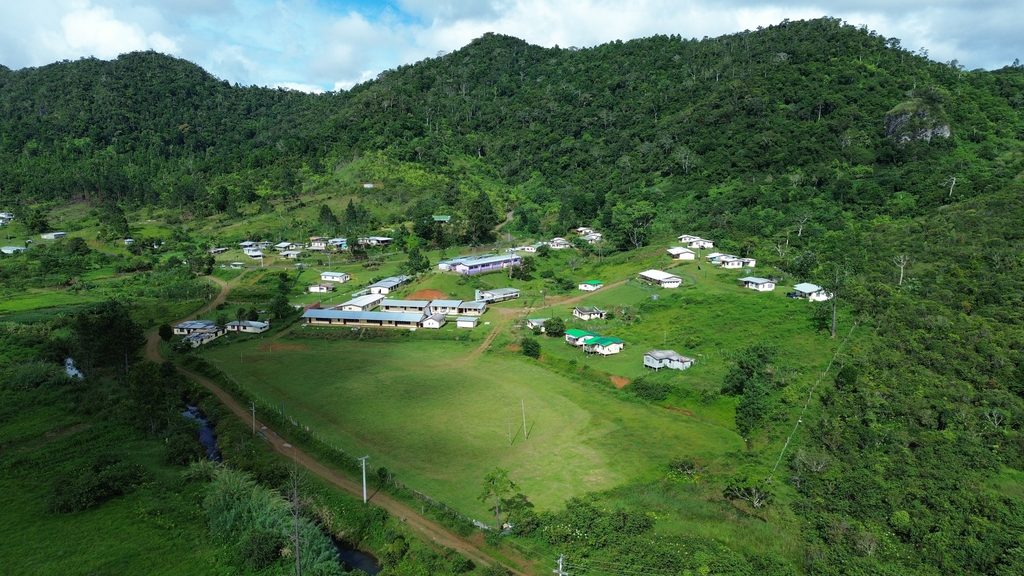
Nadala Village in the district of Savatu. Picture: NAKS MEDIA PRODUCTION FB PAGE
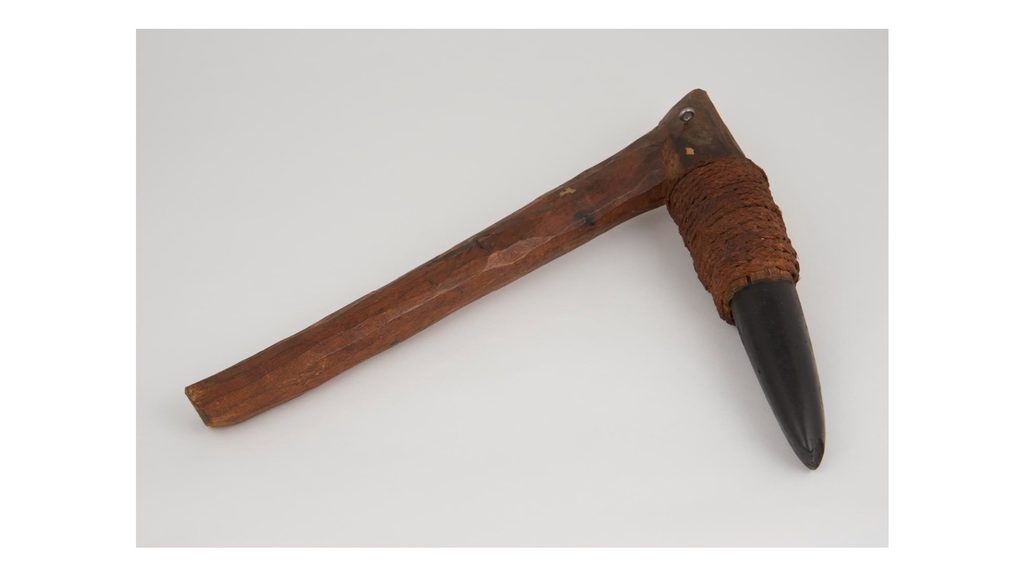
A Fijian adze. Picture:collection.sciencemuseumgroup.org.uk

Road construction today involves the use of heavy machinery. Picture: FIJI ROADS AUTHORITY FACEBOOK PAGE

